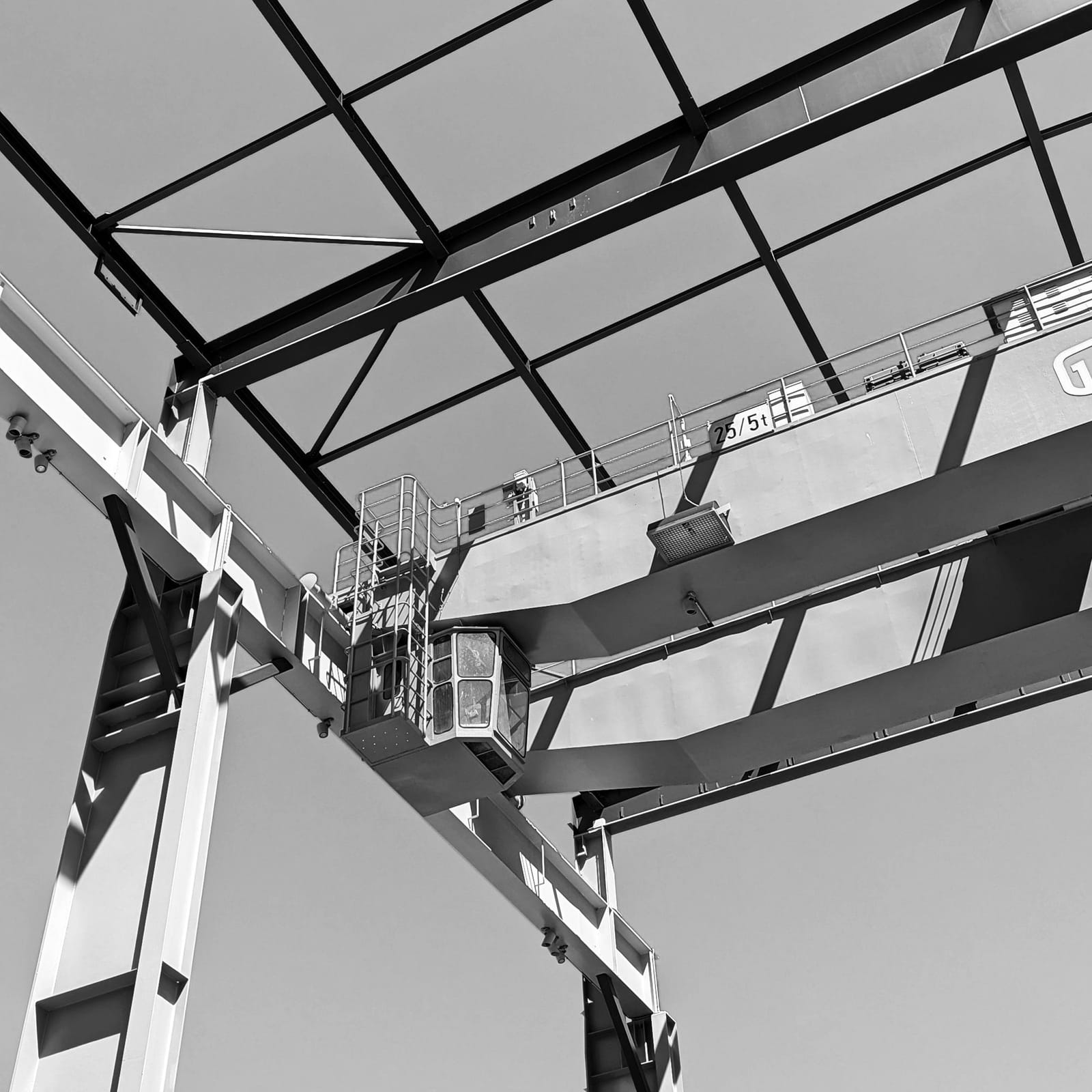A case for moving slowly and deliberately.
In tech, fail-fast has become almost unquestioned wisdom. Leaders talk about “moving fast and breaking things” as if speed itself guarantees innovation. The problem is, rushing in the name of innovation is a false economy.
When you factor in the full lifecycle costs—bugs, rework, morale, trust, and technical debt—the “move slowly and deliberately” approach delivers more sustainable success than the fail-fast ethos most leaders default to.
Fail-fast swaps a higher risk of actual failure for a lower risk of perceived failure.
The trade is simple: fail-fast swaps a higher risk of actual failure for a lower risk of perceived failure. Leaders cling to it because slow failure feels worse than fast failure, even though slow success is far more likely and more valuable. And very few have done the math to see which approach truly wins.
Deliberate execution is not about dragging your feet. In practice, it looks like my Collaborate by Contract (CBC) framework—precise agreements on expectations, outcomes, deliverables, and dependencies before any work begins. That upfront clarity minimizes the downstream costs that fail-fast cultures treat as unavoidable.
The persistence of fail-fast is a feedback loop. The belief that speed is always good becomes embedded in hiring, rewards, and execution norms. Leaders signal their commitment to speed, reinforcing the belief internally. Teams rush to meet that narrative, sacrificing planning and quality, which ironically slows real progress.
If you actually measured both approaches over a project’s full lifecycle, the gap would be clear.
- Fail-fast projects carry high bug counts, constant refactorings, morale hits from firefighting, and mounting technical debt.
- Slow-sure projects spend more time upfront but see fewer and less severe bugs, higher trust from customers, better morale, and healthier long-term velocity.
Morale, customer trust, brand reputation, and retention aren’t abstract “nice to haves”—they’re part of the math. And when you include them, deliberate execution comes out ahead more often, and more sustainably, than fail-fast ever will.
The lesson: Stop measuring success by how fast you ship. Start measuring it by how little you fix.






